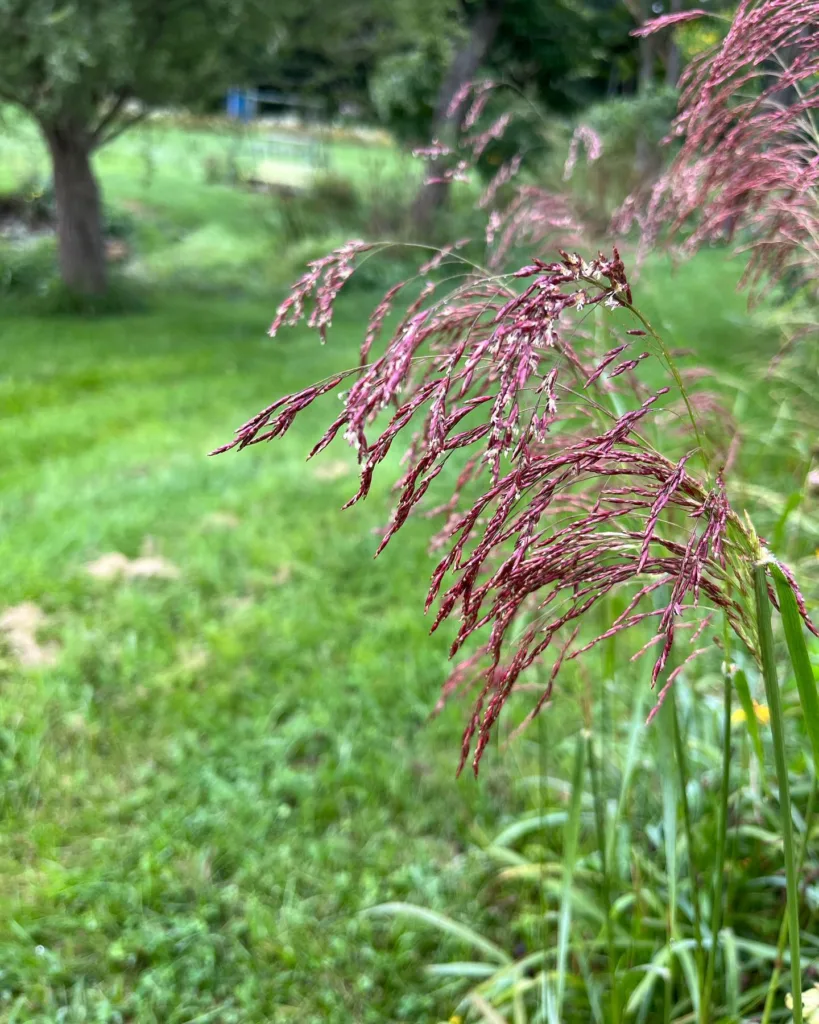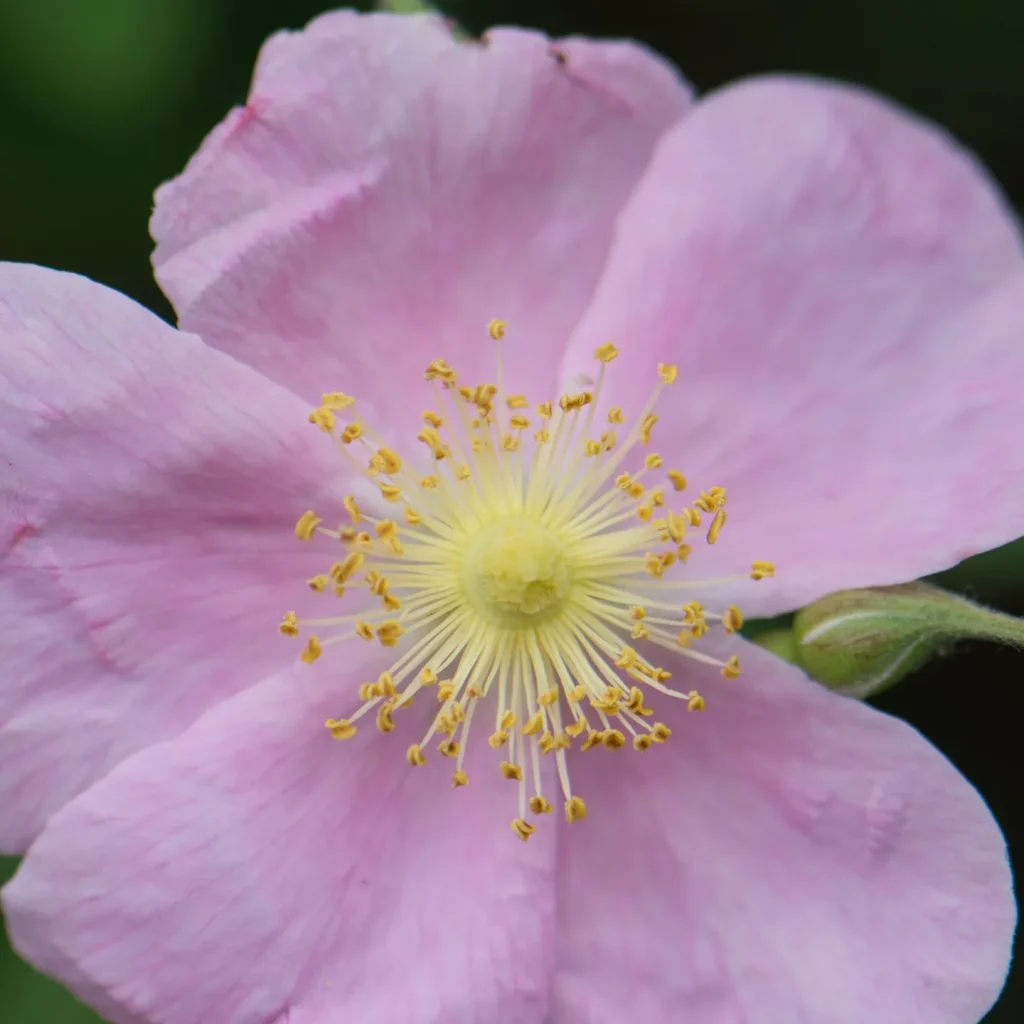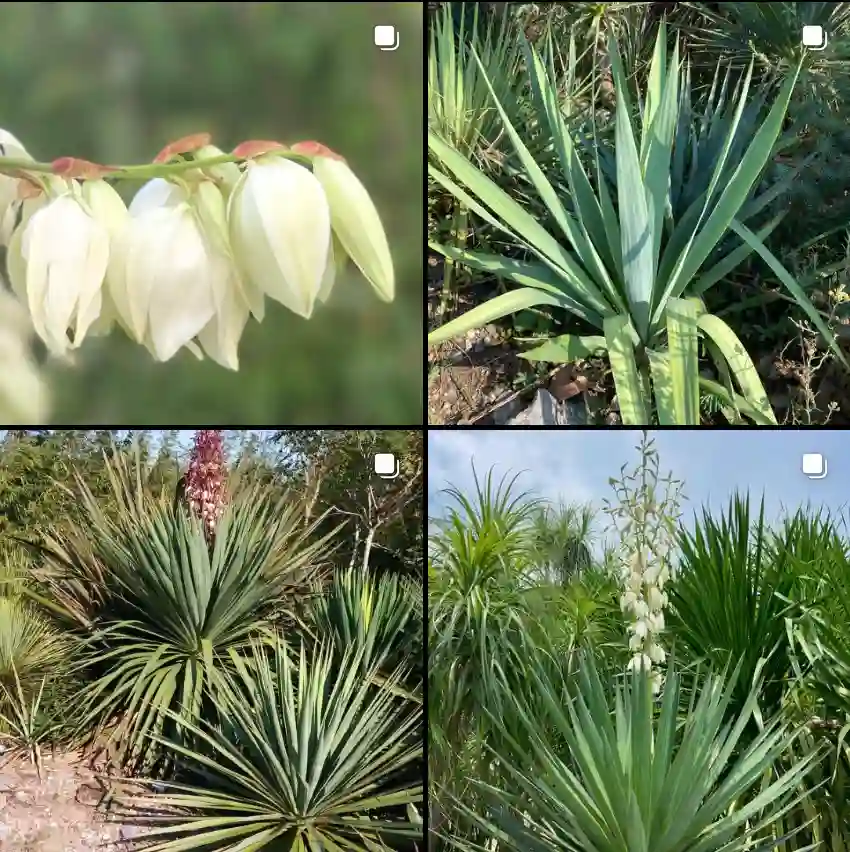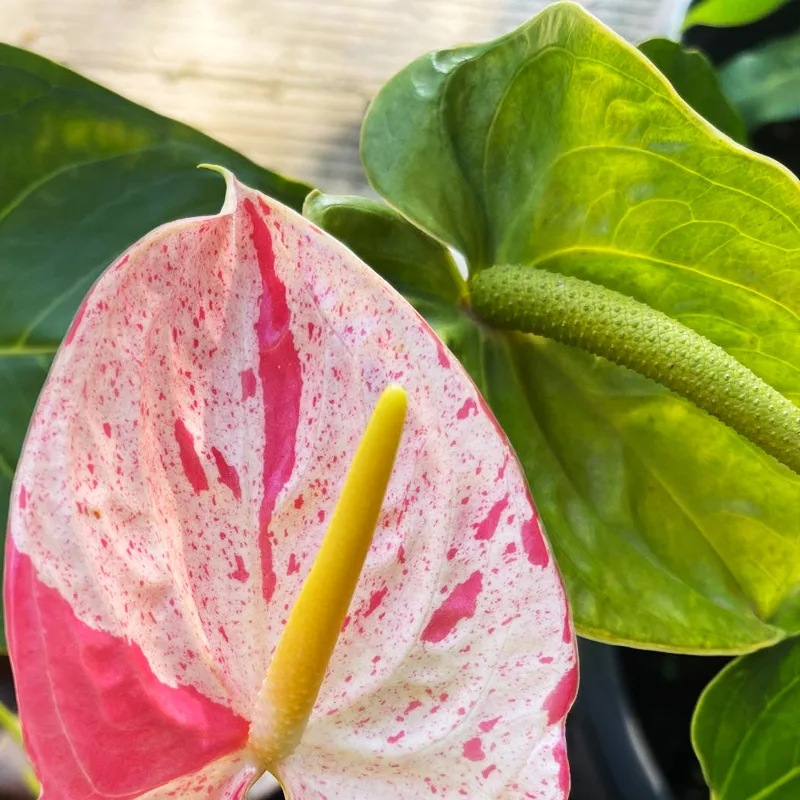Tillandsia Flexuosa: The Enchanting Twisting Air Plant
Hi, Ferb Vu here, and I’m a huge enthusiast of all things air plants, especially the captivating Tillandsia flexuosa, also known as the twisted air plant. These unique epiphytes have captured my imagination with their quirky looks and easy care requirements. Today, I’m here to answer some of the most common questions I get about Tillandsia flexuosa.
690 Species in Genus Tillandsia – Air Plants
What is Tillandsia Flexuosa?
Tillandsia flexuosa belongs to the Bromeliad family, hailing from Central America, southeastern Mexico, northern South America, and even pockets of Florida. Unlike most plants that root in soil, Tillandsia flexuosa is an epiphyte, meaning it grows on other plants or structures for support.
This air plant gets its name from its distinctive appearance. Its slender, green leaves gracefully twist and turn, creating a fascinating visual dance. The leaves are adorned with trichomes, tiny hairs that help absorb moisture and nutrients from the air.
Tillandsia Flexuosa vs. Other Air Plants
While Tillandsia flexuosa shares some characteristics with other air plants, there are key differences:
- Size: Tillandsia flexuosa is a relatively large air plant, reaching up to 18 inches in length. This makes it a standout choice for those seeking a statement piece.
- Leaf Shape: The twisting, thread-like leaves are a defining feature of Tillandsia flexuosa. In contrast, other air plants like Tillandsia ionantha boast rosettes of wider, smoother leaves.
- Color: Tillandsia flexuosa typically displays a vibrant green color. Some Tillandsia varieties, like Tillandsia cyanea, showcase stunning shades of pink or purple when blooming.
How to care for Tillandsia Flexuosa?
The beauty of Tillandsia flexuosa lies in its low-maintenance nature. Here’s what you need to know:
- Light: These air plants prefer bright, indirect sunlight. Avoid harsh midday sun, as it can scorch the leaves.
- Watering: Unlike traditional plants, Tillandsia flexuosa doesn’t require regular watering in soil. Instead, soak them completely for 15-30 minutes every 1-2 weeks, allowing them to dry thoroughly before the next soak.
- Humidity: While Tillandsia flexuosa can tolerate average household humidity, they thrive in environments with higher moisture levels. Consider using a humidifier or misting them occasionally, especially during dry spells.
- Fertilizing: A light feeding every 2-3 months with a diluted bromeliad fertilizer can keep your Tillandsia flexuosa happy.
Tillandsia Flexuosa Propagation: Sharing the Twist
One of the joys of Tillandsia flexuosa is its ability to reproduce easily. Here’s how to create new air plants:
- Pups: Mature Tillandsia flexuosa often produce pups, baby air plants that sprout at the base. Once the pups reach a size of around one-third the parent plant, you can gently detach them and mount them separately.
- Offsets: Occasionally, Tillandsia flexuosa may develop offsets, new plants that grow from the base of the main plant. These can be separated and mounted individually when they reach a suitable size.
Mounting Your Tillandsia Flexuosa: A Creative Canvas
Tillandsia flexuosa doesn’t require a pot. Their unique epiphytic nature allows you to get creative with mounting options:
- Driftwood: The natural curves of driftwood beautifully complement the twisting leaves of Tillandsia flexuosa. Secure the plant to the driftwood using a fishing line or Spanish moss.
- Seashells: Showcase your coastal flair by mounting Tillandsia flexuosa on large seashells. Use a hot glue gun to attach the plant securely.
- Terrariums: Create a miniature world by incorporating Tillandsia flexuosa into a terrarium. Ensure proper ventilation to avoid moisture buildup.
With a little imagination, the possibilities for mounting your Tillandsia flexuosa are endless.
Common Issues with Tillandsia Flexuosa: Troubleshooting
While Tillandsia flexuosa is generally easy to care for, there are a few potential issues to watch out for:
- Brown Leaves: This can be caused by underwatering, overwatering, or too much direct sunlight. Adjust your watering schedule and provide adequate indirect light.
- Mealybugs: These tiny white insects can infest your air plant. Treat them with a solution of water and rubbing alcohol or insecticidal soap.
By addressing these issues promptly, you can keep your Tillandsia flexuosa thriving.
The Allure of Tillandsia Flexuosa
With their captivating looks and minimal needs, Tillandsia flexuosa offers a unique charm for plant enthusiasts. Here are some additional reasons to consider adding this air plant to your collection:
- Air Purifying: Like many air plants, Tillandsia flexuosa helps improve indoor air quality by absorbing airborne pollutants.
- Low Maintenance: Their air-borne lifestyle eliminates the need for repotting or worrying about soil quality. Perfect for busy plant lovers.
- Conversation Starter: The unusual appearance of Tillandsia flexuosa is sure to spark curiosity and conversation among visitors.
Where to Find Tillandsia Flexuosa?
Finding Tillandsia flexuosa is relatively easy. Here are some options:
- Plant Nurseries: Many nurseries specializing in bromeliads or air plants will likely carry Tillandsia flexuosa.
- Online Retailers: Several online retailers specializing in air plants offer Tillandsia flexuosa for purchase.
- Plant Shows and Events: Keep an eye out for air plant vendors at plant shows and events, as they may have Tillandsia flexuosa in stock.
Once you’ve acquired your Tillandsia flexuosa, embark on a journey of discovery with this captivating air plant. With a little care and creativity, you can cultivate a thriving Tillandsia flexuosa that will add a touch of the exotic to your home.
Final Thoughts: The Enduring Appeal of Tillandsia Flexuosa
Tillandsia flexuosa’s unique beauty, easy care requirements, and air-purifying properties make it a truly special plant. Whether you’re a seasoned plant collector or just starting your botanical journey, Tillandsia flexuosa offers a rewarding and visually striking addition to your space.
So, why not give this twisting air plant a try and experience the magic of Tillandsia flexuosa firsthand?
If i die, water my plants!



